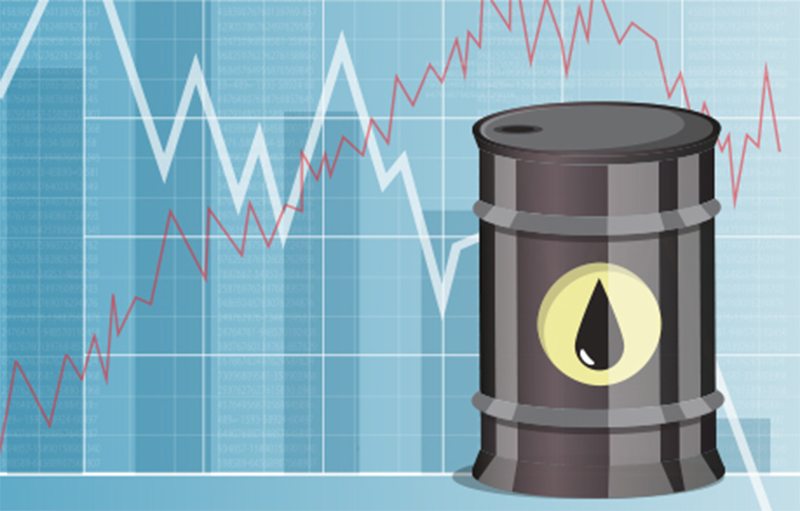 The first OPEC-led global production cut in 15 years underpins an emerging but fragile recovery, with 2017 set to see a huge stock overhang disappear by the third quarter and the oil market move from over-supply to a more balanced supply/demand situation, according to Platts Analytics.
The first OPEC-led global production cut in 15 years underpins an emerging but fragile recovery, with 2017 set to see a huge stock overhang disappear by the third quarter and the oil market move from over-supply to a more balanced supply/demand situation, according to Platts Analytics.
With Saudi Arabia and Russia joining forces to cut output by almost 800,000 b/d in the first six months of the year, and other oil producers under pressure to comply with their share of cuts to bring the total close to 1.8 million b/d, there remains a great deal of optimism in some quarters that the pace of rebalancing will be accelerated; in others there is skepticism that OPEC and its non-OPEC associates can really deliver.
Just how fast the market rebalances will depend on the discipline to enforce and maintain the cuts across a disparate group of oil producers, especially with crisis-ravaged OPEC members Libya and Nigeria exempted from the agreement, but with the potential to see large additions in output.
Moreover, the speed of return by US shale producers could ultimately keep a lid on prices. Most oil companies appear generally optimistic that prices will rise to a more sustainable level in 2017, but spending is likely to stay modest for now and production growth moderate. Caution is likely to dominate the North Sea oil industry, with a mini-revival in production in the last two years juxtaposed against years of decline since production peaked in 1999.
Paul Hickin, Oil Editorial Director, S&P Global Platts: “The next few years will be shaped by the relationship between US shale and OPEC, Russia and other key oil producers. This landmark agreement between OPEC and non-OPEC is providing a floor to oil prices and US shale is providing the ceiling. Compliance to the deal until the stock overhang disappears, most likely by the third quarter of 2017, according to Platts estimates, will be pivotal to ensuring the price floor holds, while the speed of return of US shale will determine how low the ceiling becomes.”
Reflecting large production cost reductions and productivity gains, Platts Well Economics Analyzer estimates that if US crude benchmark West Texas Intermediate reaches $65/b, leading US production areas have an internal rate of return of between 35 and 40%. The Permian Basin could be the biggest beneficiary of expected double-digit increases in capital budgets in 2017. Platts Analytics forecasts that production in the West Texas/New Mexico basin will reach 2.226 million b/d in 2017 up from slightly below 2 million b/d in 2016.
An increase in US crude production and a wider WTI-Brent spread since the end of 2016 are raising hopes that 2017 will be the year when US crude exports see a marked increase.
For the third year in a row, India’s oil demand growth will outpace China’s. Platts Analytics is forecasting a 7% rise to 4.13 million b/d in Indian oil demand in 2017, compared with a 3% rise in Chinese oil demand to 11.50 million b/d.
China’s independent refiners, which had emerged as increasingly significant importers of crude, are facing uncertain times. China has removed independent refiners from its oil product export quota allocation, which should see independents’ crude imports fall sharply. These challenges are likely to undermine the independent refiners’ profitability and slow increases in refining capacity. For the wider market, the trend to follow is the move towards importing sweeter crudes with lower sulfur notably from Angola, the North Sea and possibly the US.
